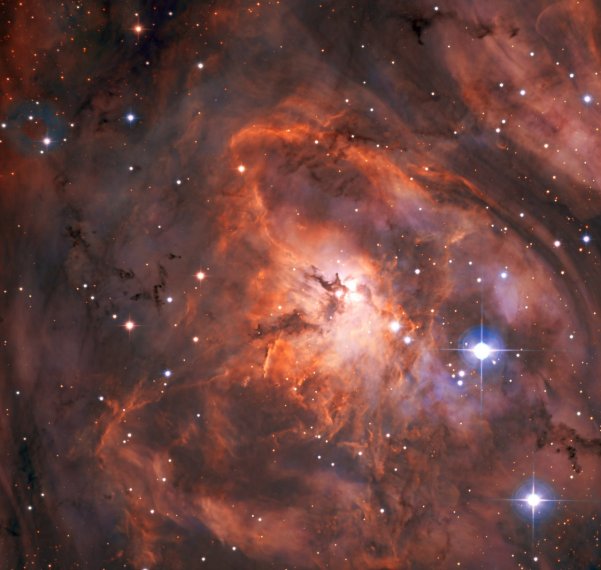
Galaxies aren’t stationary — they are constantly on the move, pulled around by the gravity of other galaxies in an intricate intergalactic dance. When two or more galaxies approach to each other closely, they are pulled together and collide in a dramatic process which can result either in the destruction of one of both of the galaxies or in the two merging together to create one super-galaxy.
An example of two galaxies colliding is the distant NGC 6052 in the constellation of Hercules, an image of which has recently been captured by the Hubble Space Telescope. Although there are actually two galaxies in NGC 6052, they are classified as one because they move as a pair.
These galaxies have been known about for a long time, being first discovered in 1784 by William Herschel. However, the pair was originally believed to be just one singular galaxy because of the odd shape they formed. In the New General Catalogue, a list of stellar objects from 1888, John Louis Emil Dreyer described NGC 6052 as “faint, pretty large, irregularly round.”
Now we know that there are actually two galaxies which were drawn together millions of years ago due to their mass. As they came closer together, gravitational effects changed their trajectories to create the unusual shape that they now show. Unlike other pairs of galaxies which smash together violently, causing the death of one of the pair, this particular pair are meeting harmoniously and should merge to form a single, stable galaxy.
That’s better news for NGC 6052 than is expected for our galaxy, as the Milky Way is likely to be destroyed when it collides with the Large Magellanic Cloud or the nearby Andromeda galaxy in billions of years’ time.
This is not the first time that NGC 6052 has been imaged by Hubble, as it was captured in 2015 as well. But the old image was captured with Hubble’s Wide Field and Planetary Camera 2 (WFPC2), while the new image was captured with the newer Wide Field Camera 3 (WFC3).
The WFPC2 had problems with “hot” pixels, where small parts of the images captured were unusable due to degradation of the charge-coupled devices (CCDs) — parts which allowed the movement of electric charge. The new WFC3 has updated CCDs and can capture even higher resolution images.
Editors' Recommendations
- Hubble Space Telescope images exceptionally fluffy galaxy
- Hubble captures a serene-looking galaxy with a monster at its heart
- Hubble captures a dusty galaxy that holds a luminous secret
- Hubble images two galaxies aligned but light-years apart
- Hubble captures epic view of three galaxies merging into one




